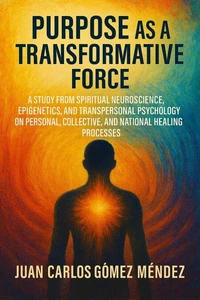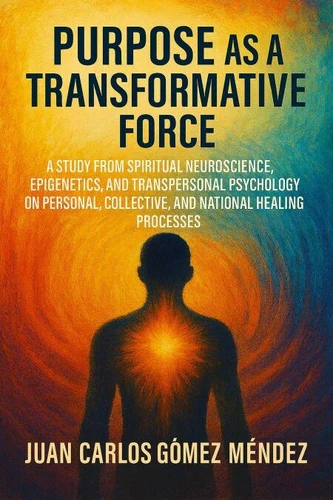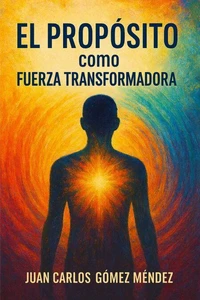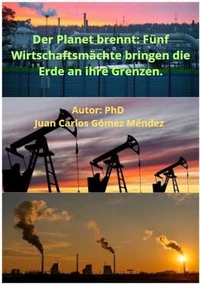This book argues that human purpose is a transformative force that operates in multiple dimensions: biological, emotional, spiritual, and social. Throughout eight chapters, concepts such as epigenetics, spiritual neuroscience, transpersonal psychology and community healing are explored, also integrating a statistical analysis of mortality in countries such as China, the United States, Japan and Europe.
The statistical results presented in the final chapter reveal that between 2019 and 2023, China projected an increase of more than 2.8 million deaths, with an average annual growth of 260, 082. In the United States, the increase was 503, 628 deaths, with an annual average of 45, 784. Countries such as Spain, Italy, France, and Portugal showed significant correlations (R > 0.90) in their mortality patterns, suggesting that a lack of collective purpose could be a common life-limiting factor.
This evidence allows us to establish a connection between purpose as vital energy and population health indicators. The book proposes that living with purpose not only improves emotional and physical health, but can also influence longevity and collective well-being. By integrating science, spirituality, and statistics, this work offers a refreshing vision of the role of purpose in personal and community healing processes.
This book argues that human purpose is a transformative force that operates in multiple dimensions: biological, emotional, spiritual, and social. Throughout eight chapters, concepts such as epigenetics, spiritual neuroscience, transpersonal psychology and community healing are explored, also integrating a statistical analysis of mortality in countries such as China, the United States, Japan and Europe.
The statistical results presented in the final chapter reveal that between 2019 and 2023, China projected an increase of more than 2.8 million deaths, with an average annual growth of 260, 082. In the United States, the increase was 503, 628 deaths, with an annual average of 45, 784. Countries such as Spain, Italy, France, and Portugal showed significant correlations (R > 0.90) in their mortality patterns, suggesting that a lack of collective purpose could be a common life-limiting factor.
This evidence allows us to establish a connection between purpose as vital energy and population health indicators. The book proposes that living with purpose not only improves emotional and physical health, but can also influence longevity and collective well-being. By integrating science, spirituality, and statistics, this work offers a refreshing vision of the role of purpose in personal and community healing processes.





















